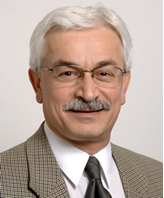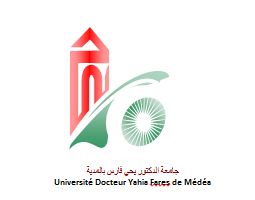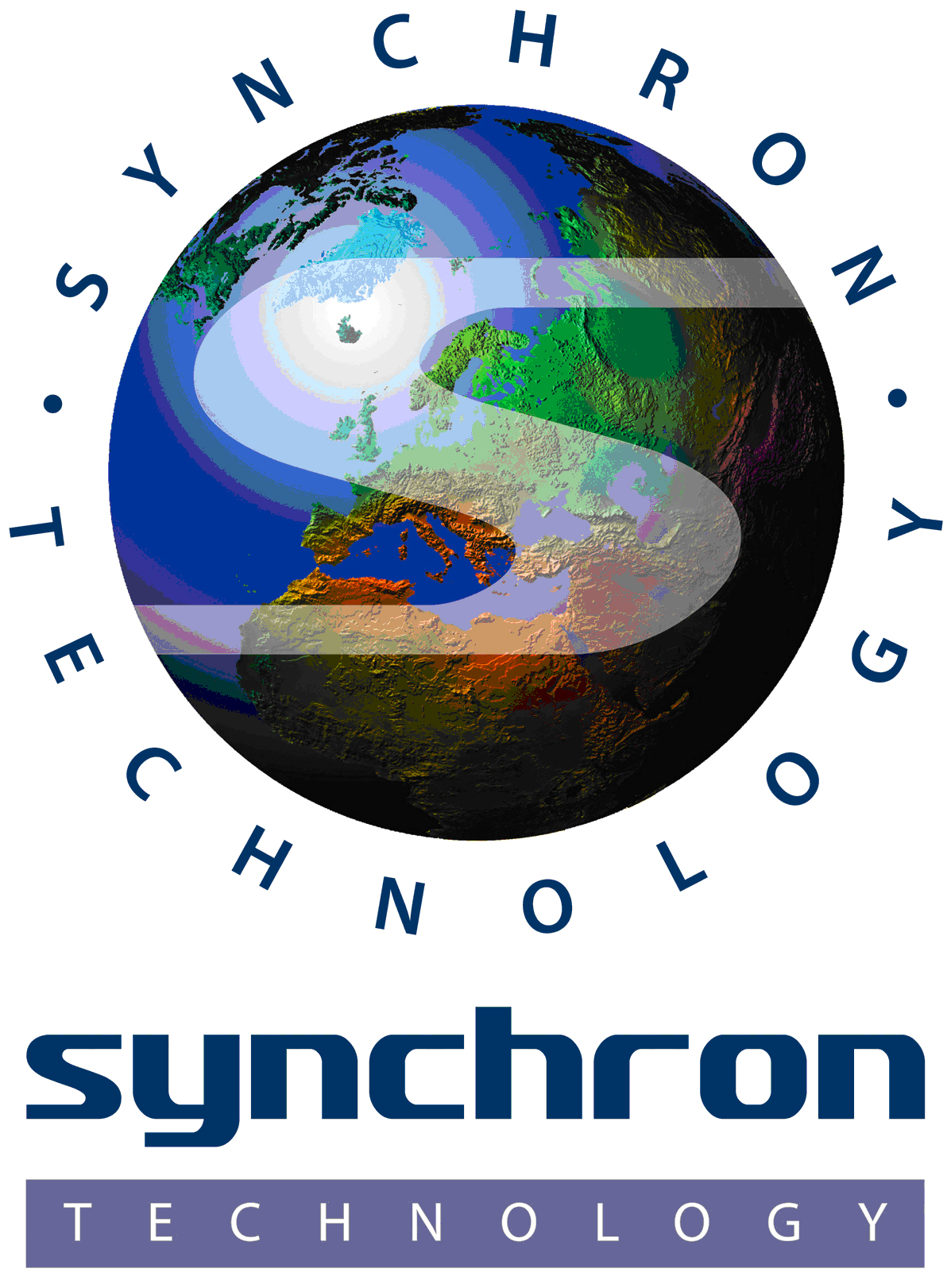Plenary 1: The policy potential of innovation in environment-friendly energies.
Speaker: Dr Tim Fox, Head of Energy and Environment, Institution of Mechanical Engineers, London, UK. T_Fox@imeche.org

Abstract
Easy access to cheap, secure and abundant sources of context relevant energy has underpinned the rise and fall of civilizations since human history began. When such sources become threatened with unavailability, societies that add ever increasing levels of policy complexity for diminishing marginal returns on investment of effort find themselves in a state of decline. When an era of this type presents itself the need is for innovation not complexity. In our current environmentally challenged epoch, through policy processes such as those of the UNFCCC, EU ETS and EU Renewable Energy Directive, international and national communities are classically reacting by adding ever increasing levels of complexity, not innovating. Environment friendly energy technology innovations can offer alternative less complex approaches to maintaining affordable and secure access to abundant energy sources for continued support and development of contemporary societies. This talk will explore a number of recent innovations in this area and provide an engineering perspective on those examples that have real potential to shape international and national policy that will help meet energy aspirations in the context of reduced environmental risk. In particular the discussion will focus on the applications of negative emissions, carbon recycling through productisation, distributed energy systems, energy storage, novel energy vectors and sustainable transport fuels. The speaker will also address the broader breakthrough thinking that is needed in policy, socio-political and market mechanisms to enable a successful outcome in this and other areas of energy related innovation.
Biography: Dr Tim Fox, CEng FIMechE CEnv FRSA: Dr. Tim Fox has a wide range of research and engineering practice experience gained across many industrial sectors including the built environment, power generation, chemical processing, renewable energy and aerospace. He has worked in commercial enterprises, government agencies and educational institutions in the UK, Australia, Canada and The Netherlands. Tim is currently Head of Energy and Environment at the Institution of Mechanical Engineers (IMechE) in London. His role involves developing and communicating the Institution’s policies on energy, environment and sustainability issues, authoring thought-leadership reports and providing input to government policy making. He regularly talks on these topics and frequently appears in the national and international press and broadcast media. Tim has a technical background in fluid mechanics and heat transfer, is a Chartered Engineer, Fellow of the Institution of Mechanical Engineers, Chartered Environmentalist and Fellow of the Royal Society of Arts.
Dr. Tim Fox presentation :
Plenary 2: Recent Advances on Photovoltaic Materials and Devices
Speaker: Professor Robert Miles

Northumbria University
School of Computing, Engineering and Information Sciences
Northumberland Road, Ellison Building,
NE1 8ST Newcastle upon Tyne, UK
Tel. +44 191 (0) 227 4594
Email: robert.miles@northumbria.ac.uk
Biography: Professor Robert Miles research interests lie in the field of thin film photovoltaic solar cells. He has contributed to a wide range of research activities largely based on the development of novel materials for application in thin film photovoltaic solar cell devices. He is a member of the Institute of Physics, the European Materials Research Society, PVNET, the EPSRC College, the Editorial Board of Vacuum and the ISSN Journal of Energy. He has refereed for a wide range of organisations including the US Department of Energy, the Royal Academy of Engineering, the Estonian National Science Foundation, the Leverhulme Trust, the EPSRC and the Royal Society.
Plenary 3: Design of a Smart Distribution Grid
Speaker: Professor Mohamed Boudour

Abstract: The power industry is experiencing a radical transformation as a consequence of the introducing of the smart grid concept. Some of the main features of the smart grid are increased participation by customers and the abilities to accommodate all generation and storage technologies; enable new products, services and markets; provide increased reliability and power quality; optimize asset utilization and operating efficiency; provide self-healing capability in response to distribution system disturbances; and operate resiliently against physical and cyber attacks and natural disasters. The distribution system, which traditionally has received lower priority for deploying new technologies than transmission and generation systems, is arguably the area affected the most by the smart grid concept. To address the challenges of an aging infrastructure, outdated and conventional designs, the increased use of distributed resources, new loads from electric vehicles and other devices, and increased demand for higher levels of quality and reliability, advanced technologies will be needed. Distribution network planners and operators are rethinking the design and operation of the distribution system. A smarter distribution grid will satisfy multiple objectives, including improved reliability, efficiency, and system security, and will empower energy consumers by providing timely information and control options. It will use high bandwidth communication to all substations, a proliferation of intelligent electronic devices (IEDs), complete distribution system monitoring and fully integrated intelligence. The smart grid concept is leading to potential distribution system design changes, including:
- Interconnected feeders to achieve a more robust and reliable systems
- Modern protection technologies and schemes ( fault anticipation and location)
- Support for bidirectional power flow to accommodate distributed generation (DG), distributed storage (DS) equipped with smart inverters, and microgrids
- Implementation of optimized voltage control and advanced distribution automation (ADA) schemes.
As the penetration of new distributed energy resources and advanced control devices increases, they are beginning to have a significant impact on the design, operation, and planning of distribution system. Distribution engineers are facing growing difficulties. Their existing planning methodologies and computational tools were not designed to handle the new challenges introduced by these new technologies. The software tools and methodologies used by academia and the research community for distribution planning and design are rapidly changing to meet the new smart grid challenges.
Biography: Professor Mohamed Boudour was born in Algeria, in 1969. He received the B.Sc, M.Sc and PhD in Electrical Engineering from the Polytechnic School of Algiers in 1991, 1994 and 2004, respectively. Since January 1994, he has been with the University of Sciences and Technology of Algiers (USTHB) as a teacher and researcher and a Fulbright fellowship in the University of Washington, Seattle and a visiting Professor in ESIGELEC, Rouen since 2004. His main interests are Power Systems Stability, Security assessment and Control using intelligent programming, integration of new dispersed energy resources and renewable energy sources in smart grids. He has published more than a hundred of papers in famous proceedings journals and international conferences. He is currently Professor in the USTHB and the Director of Electrical and Industrial Systems Laboratory.
Plenary 4: Integration of Low Carbon Technologies in Future Power Networks: Impacts, Challenges and Opportunities
Speaker: Dr. Ghanim Putrus

Abstract: Existing electrical power (transmission and distribution) networks are aging, but have to meet future challenges in terms of diversity of energy resources, sustainability, competitiveness and security of supply. Future power networks will be required to deliver efficient and cleaner electricity (using significant distributed generation from new and renewable energy sources) to a continually growing and ever changing demand. Moreover, the market for battery powered Electric Vehicle (EV) and Plug-in Hybrid Electric Vehicle (PHEV) is expected to grow with advances in new technologies, particularly in the area of high energy and power density batteries. EVs and PHEVs have high energy capacity and their mass deployment can lead to increased demand and overloading of power networks during charging, but it may also offer opportunities by providing ancillary services to support the grid.
This presentation will look into the impacts of increased deployment of low carbon technologies, such as micro generation, heat pumps and electric vehicles on the performance of power distribution networks. It will also present the challenges in dealing with these impacts and opportunities that will determine how future power networks will be designed and operated.
Biography: Dr. Ghanim Putrus is Reader in Electrical Power Engineering and leads the Power and Wind Energy Research (PaWER) group at the school of Computing, Engineering and Information Sciences, Northumbria University, Newcastle upon Tyne, UK.
He has over 25 years of research experience with over 90 publications, including one patent and several invited talks at national and international events.
He has been involved in several research projects and has provided consultancies for industry.
He is involved in IET professional activities and served on the Professional Group P7 (1999-2000) and executive committee of the IET Power Trading and Control Professional Network (2001-2009). He is a member of the IET Northumbria network committee and has served as chairman of the IET Northumbria branch for 2004/2005 session. He organised UPEC2006 conference at Northumbria and is member editorial Boards and the steering committees for several international conferences.
His main research interests are the application of power electronics in power systems, power quality, integration of renewable energy sources and electric vehicles into power distribution networks (smart grids).











